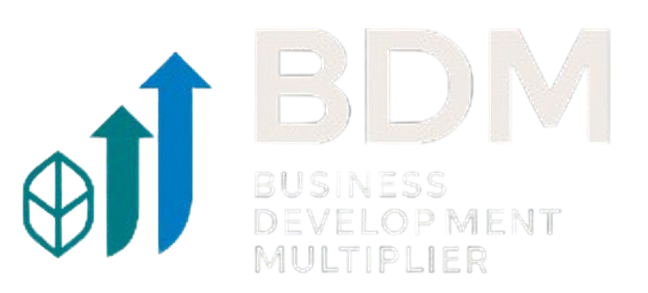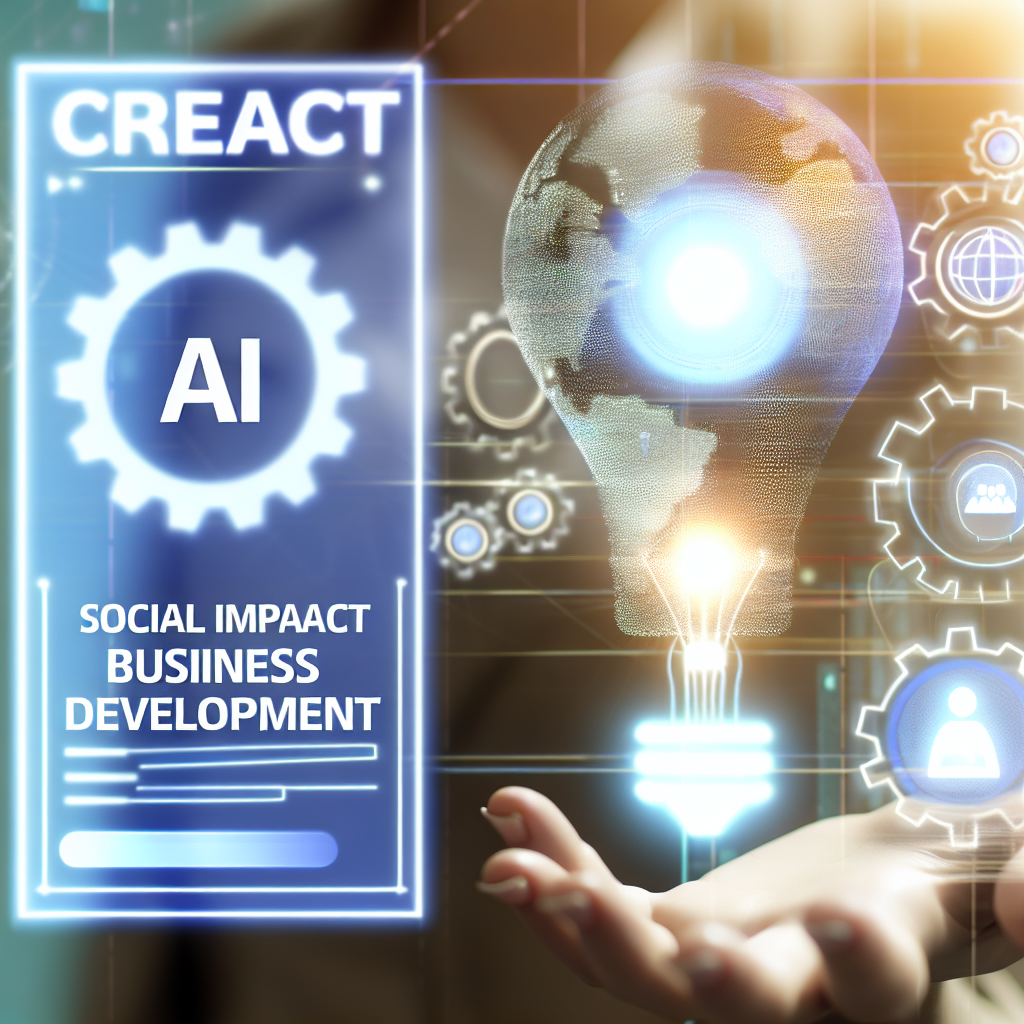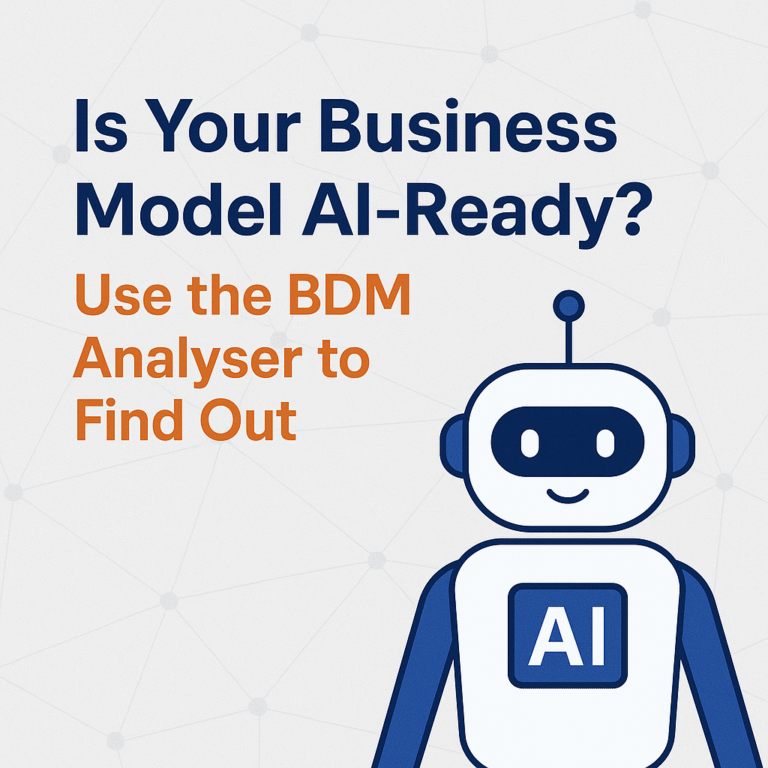How AI Tools Are Transforming Social Impact Business Development: A Complete Guide
Estimated reading time: 12 minutes
Key Takeaways
- AI tools are revolutionizing social impact business development by enhancing efficiency and scalability.
- Organizations can leverage AI for donor outreach automation, strategic planning, and marketing.
- Key challenges include balancing dual missions, resource constraints, impact measurement complexity, funding landscape navigation, and donor relationship management.
- AI helps overcome these challenges by automating processes and providing data-driven insights.
- Integrating AI tools allows mission-driven organizations to focus more on their social impact goals.
Table of contents
- How AI Tools Are Transforming Social Impact Business Development: A Complete Guide
- Key Takeaways
- Understanding Social Impact Business Development
- Key Challenges in Social Impact Business Development
- Leveraging AI for Donor Outreach Automation
- Enhancing Strategic Planning with AI Insights
- Scaling Outreach Efforts Through AI-Driven Marketing
- Improving Visibility to Funders and Partners
- Conclusion
Understanding Social Impact Business Development
Social impact business development encompasses strategic activities like fundraising, partnership building, strategic planning, marketing, and impact measurement, specifically tailored for organizations with dual financial and social impact missions. Unlike conventional business development, social impact BD places equal emphasis on scaling social outcomes alongside financial sustainability.
The effectiveness of social impact BD is crucial because it enables social enterprises to:
- Expand their reach and influence
- Increase positive impact on communities
- Maintain financial viability
- Secure resources for addressing social challenges
- Scale sustainable solutions
As artificial intelligence tools continue to evolve, they’re becoming instrumental in transforming how organizations approach social impact strategies, from automating proposal submissions to scaling outreach efforts and improving visibility to potential funders and partners.
Key Challenges in Social Impact Business Development
Social enterprise leaders and grant writers face numerous obstacles that can impede their progress and impact. Understanding these challenges is crucial for implementing effective solutions:
Balancing Dual Missions
Organizations must simultaneously pursue financial sustainability and social impact goals, often leading to:
- Competing priorities
- Resource allocation challenges
- Complex decision-making processes
Resource Constraints
Limited staff and funding create significant operational challenges:
- Inconsistent donor outreach
- Delayed proposal submissions
- Missed funding opportunities
- Reduced partnership potential
Impact Measurement Complexity
Demonstrating social impact requires:
- Specialized measurement frameworks
- Robust data collection systems
- Regular monitoring and evaluation
- Clear impact reporting
Navigation of Funding Landscape
Organizations must manage diverse funding sources, each with unique requirements:
- Government grants
- Foundation funding
- Impact investments
- Individual donations
- Earned revenue
Donor Relationship Management
Maintaining strong donor relationships demands:
- Consistent communication
- Personalized engagement
- Regular updates
- Resource-intensive follow-up
Leveraging AI for Donor Outreach Automation
Donor outreach automation represents a significant advancement in how organizations engage with supporters. AI-powered tools transform traditional outreach methods through:
Personalized Communications at Scale
- Analysis of donor data for tailored messaging
- Automated segmentation based on giving history
- Customized content delivery
- Behavior-based engagement strategies
Intelligent Timing Optimization
- Machine learning algorithms determine optimal contact times
- Automated scheduling of communications
- Data-driven follow-up sequences
- Engagement pattern analysis
High-Potential Donor Identification
- Predictive analytics for donor prospecting
- Wealth screening automation
- Behavioral pattern recognition
- Giving capacity assessment
Automated Routine Communications
- Scheduled updates and newsletters
- Automated thank-you messages
- Impact report distribution
- Regular engagement touchpoints
Enhancing Strategic Planning with AI Insights
Effective strategic planning is essential for aligning an organization’s mission with its operational goals. AI tools facilitate this by providing data-driven insights and forecasting capabilities.
- Data Analytics for Decision Making: Leveraging AI to analyze large datasets for informed strategic decisions.
- Predictive Modeling: Anticipating future trends and challenges using machine learning algorithms.
- Scenario Planning: Creating and evaluating multiple strategic scenarios to choose the best path forward.
Scaling Outreach Efforts Through AI-Driven Marketing
Scaling outreach is vital for expanding an organization’s impact. AI-driven marketing tools enable organizations to reach wider audiences efficiently.
- Automated Campaign Management: Streamlining the creation, execution, and monitoring of marketing campaigns.
- Targeted Advertising: Using AI to identify and target specific audience segments with personalized messages.
- Social Media Optimization: Enhancing social media strategies through AI-powered analytics and content recommendations.
Improving Visibility to Funders and Partners
Visibility is key to attracting funders and partners. AI enhances visibility through optimized content and strategic networking.
- SEO Optimization: Improving search engine rankings with AI-driven SEO strategies
- Content Personalization: Tailoring content to resonate with different stakeholders.
- Network Analysis: Identifying and engaging with potential partners through AI-based network mapping.
Conclusion
The integration of AI tools in social impact business development is not just a technological upgrade but a transformative shift that enhances efficiency, scalability, and effectiveness. By automating routine tasks, providing deep insights, and enabling personalized engagement, AI empowers organizations to focus more on their mission and less on operational hurdles. As AI technologies continue to advance, their role in driving social impact will only become more pivotal, ushering in a new era of mission-driven success.




